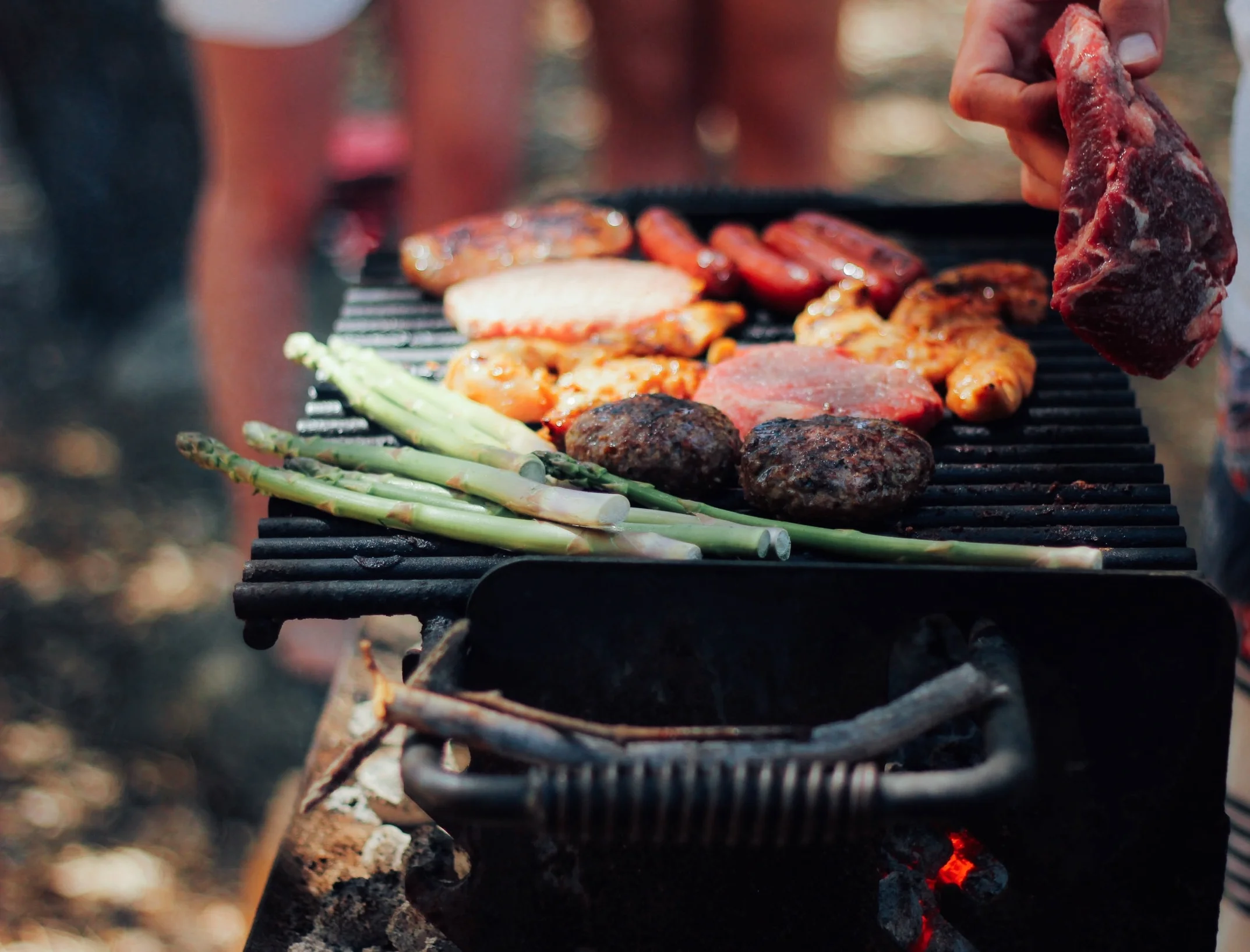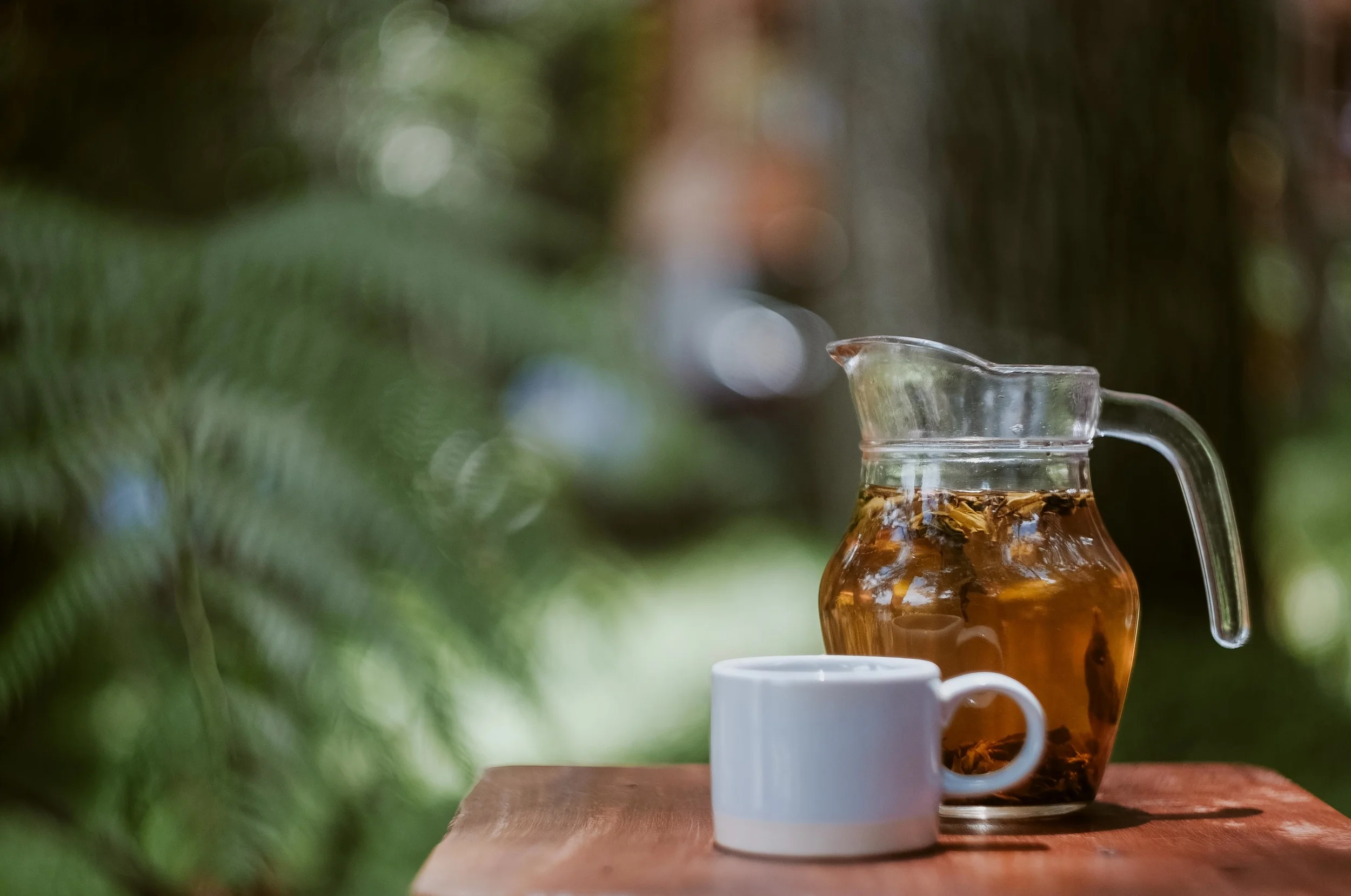Main Article: "Put Your Best Fork Forward"
Written by Desireeh Chevere | Reviewed by Adiana Castro MS, RDN, CDN, CLT
The Academy of Nutrition and Dietetics has created a campaign, called National Nutrition Month, for the month of March to advertise nutrition education and the importance of it. It is focused on helping people make informed food choices and developing sound eating and physical activity habits. What’s great about the Academy is that they have professionals that can help guide the public on gradually shifting toward a healthy lifestyle instead of doing it all on your own. The Academy is able to help the public by promoting National Nutrition Month activities and messages throughout the month. They make sure to promote the most valuable and credible source of timely, scientifically-based food and nutrition information, so be sure to be on the lookout for that!
This year the theme is “Put Your Best Fork Forward,” which serves as a reminder that all of us have the necessary tool to make healthier food choices. This month is dedicated to helping people feel empowered to making small changes in their daily lives to help improve health now and also in the long run. A healthier lifestyle doesn’t always happen overnight, so that is why this month is for helping people making small changes over time. The Academy encourages people to balance food and beverages within an individual’s energy needs, rather than focusing on a specific type of food or meal. This month is important because it will help people realize that making healthier eating choices requires a long-term commitment, which will in turn lead to a healthier and more enjoyable life. Below you will get a taste of what the Academy is promoting:
1. Think Nutrient-Rich
Think nutrient-rich rather than “good” or “bad” foods. The majority of your food choices should be packed with vitamins, minerals, fiber and other nutrients. Making smart food choices can help you stay healthy, manage your weight and be physically active.
2. Focus on Variety
Eat a variety of foods from all the food groups to get the nutrients your body needs. Fruits and vegetables can be fresh, frozen or canned. Eat more dark green vegetables such as leafy greens and broccoli and orange vegetables including carrots and sweet potatoes. Vary your protein choices with more fish, beans, nuts and seeds. Try to choose whole-grains when eating cereals, breads, crackers, rice or pasta.
3. Cook More, Eat Out Less
Convenience food isn’t as convenient as we would like, they often cost us more! Try to switch out the frozen dinners and fast food for foods that are prepared at home. Go back to the basics and find simple, inexpensive and healthy recipes to make with your family.
4. Frozen Food
Don’t let all frozen food go, especially not frozen vegetables. At certain times of the year frozen vegetables will not only help save some money but it will also last longer than fresh. For instance, you can try cooking frozen broccoli with a side of rice or pasta and chicken.
5. Plan Ahead
Planning ahead can be quite beneficial, especially when you’re busy throughout the week and don’t have much time to do things. A helpful suggestion is to plan what you would like to eat for the week before going to the grocery store. You can plan by reviewing your favorite recipes and see what kind of ingredients you will need. Also, be sure to see what foods you already have and make a list of what you are missing. This list will help avoid buying any extra items.
References:
Academy of Nutrition and Dietetics
http://www.eatright.org/resource/food/resources/national-nutrition-month/national-nutrition-month













